The Berlin Graffiti Writer KASE
Every picture is a finding process
In the Berlin chaos of the 90s
Between the ages of 11 and 14, KASE grew up in the immediate vicinity of the former wall strip. The no man’s land and the places hidden in it, such as Fort Hahneberg, exerted a very special fascination on him even then. The early 90s in the former East Zone were an exciting but also very chaotic time for him: “Both parents lost their jobs and our old house was transferred back to the former owner from the West. In everyday life, events were constantly tumbling over each other. All social rules known to me were – felt – suspended. It was the time when friends drove up to school with stolen cars, and we made our first night-time excursions together to the countless techno parties that were taking place in West Berlin at that time. During this time the first graffiti appeared in my immediate surroundings and I painted my first graffiti in 1993 and it immediately became a passion. It gave me self-confidence, the feeling of freedom and many adventures”. A few years later he joined the BAD crew. Active as a writer until 2006, he took a long break until 2012 and since then he likes to paint again on walls, at halls but mostly in lost places outside of Berlin. For KASE, the appropriation of a place still plays a very important role in graffiti: „Places like the train yard back then or the lost place today, where you can experience an original freedom, far away from our materialistically shaped society. Images that are created under such conditions, whether consciously or unconsciously, are therefore always political statements in my eyes.“
Letters as volumes to open up space
On the subject of how he came up with his writer name, KASE says: “Sounded good. There was of course the already deceased icon KASE2/CASE2 from NYC, but I only knew about it a few years later. I don’t think the word “Kase” in itself is so decisive. I could probably have painted the same still life over and over again for 20 years. The decisive factor is that the same elements appear again and again. The shapes of the letters and their rhythm are helpful, although apparently they don’t seem to matter much anymore. They are both anchor and challenge. The anchor means you can start a new picture without having to think about it. It does not always require a new idea or concept. And that is why it is still fun today. The challenge is to give the whole thing new impulses or approaches again and again.”
The innovative 3D styles of DELTA and DAIM at that time did not leave KASE untouched either, because in the long run he too lacked certain dimensions in the two-dimensionality of graffiti. He started to give his letters more space and depth by taking the surrounding space of the wall as an important component in the piece, in the image design, to create new compositions with volume and depth and to open up the space. Cubist painting also inspired KASE, according to him, in breaking up the surfaces and then reassembling them anew and with spatial depth. And yet he also deliberately uses false perspectives of surfaces in his paintings, also incorporating simple graphic forms, thus creating a certain tension in the overall composition. Sometimes he makes sketches beforehand, but often he improvises directly on the wall, depending on the nature and condition of it, depending on architectural elements on the chosen wall surface.
The piece is found in the painting process
The four letters of his name, however, remain his basis, his motif, even if they are increasingly abstracted. He experiments with them again and again, distorts, twists, displaces them and also draws spatial escapes without a specific end. Further forms and volumes are added. For KASE, each painting is a new process of discovery. And what began at that time with the technique of the spray can have developed today mainly as wall painting with roller and emulsion paint. Because when he started experimenting again in lost places in 2012, mostly alone or with other writers like his friend GATE, he soon realized that the textures and conditions of the surfaces, mostly old walls, painted with spray paint, did not always produce good results. He started to use emulsion paint and small paint rollers, which he uses almost exclusively today and uses it differently for his pieces. The paint roller also enables him – in contrast to the brush – to draw long lines with the same gesture as with a spray can, because the paint thickens and sticks longer. He also enjoys painting the surfaces and mixing the color transitions and creating shades directly on the wall with the roller. It has become his tool, with which he is constantly finding new applications and painterly results. Some, rather rare pieces, playfully integrate elements of the chosen wall, such as a window, a sign or other architectural elements. Therefore, he likes to continue painting in lost places to find beautiful spots and enjoy the peace, quiet and time for a concentrated, partly improvised painting process. And in those abandoned places pieces shine especially colorful, on old walls, surrounded by plants. Above all, a piece comes into its own when it stands alone, and the immediate surroundings, the chosen location of the remaining building fabric, give it an impressive in situ effect. But also on the documenting photographs, which play an important role in the presentation, in the publication of the work online, a piece can also develop a special energy in its environment.
The inner concept of battling
The choice of colors KASE uses sometimes depends on what he has available for the next possible painting. Three to four basic colors and then mixing different shades is his approach. His color palette is dominated by green and blue tones, in addition to red-pink tones. Lately he likes to work tone in tone, with light and dark fields in the picture to create more contrast. His mostly geometric shapes are angular or rounded like the four letters of KASE, and they keep their volume thanks to structure, perspective and contrast. Volumes and surfaces often interlock with each other, overlap at certain points again as flat surfaces and receive an unbelievable dynamic and momentum on the wall through the alignment and weighting with each other. The Berlin writer manages to give the multiform volumes different weights and to give power, energy and a strong presence to his pieces.
In his latest works with larger, interlocked volumes in blue-green tones, he also creates a new texture and nature of the piece by tinting the color, playing with light and shadow and through some blurred, rough lines/highlights. It feels like the stone or concrete of the wall, compact, solid, slightly rough. In fact, his latest works seem increasingly sculptural. Many of his pieces, however, would not be realizable as sculptures at all due to impossible perspectives, optical illusions and overlapping of surfaces in the picture. And yet, with their volumes as compact, closed pieces, they are reminiscent of sculptural works of the modern age. And his pictorial language – despite name-writing – is reminiscent in some aspects of 20th century modern painting, such as Cubism and Futurism. These visual languages, in painting, were progressive, avant-garde, revolutionary at the time. And even though KASE’s pieces are developing more and more into abstract painted murals, object-like pictures, geometric shapes, in that the letters are transformed, architecturalized, masked or even swallowed, they are still pieces. KASE still sees himself as a writer anyway. He is, however, a graffiti artist who works painterly, pictorially, with extended tools, techniques and perspectives, from the era of post graffiti with parallels to progressive modernism. According to him, graffiti has always been progressive. An important aspect and driving force for all writers is the battle idea: “To be measured again and again with your last work. But also to reinvent oneself again and again for not getting lost in the flood of images. The fact that graffiti cannot be determined, it has an enormous advantage over other movements. I appreciate this freedom very much (…). Graffiti probably still has a bad image for many (ignorant) people. But it is the diversity that makes it so cool. If graffiti means not having to commit oneself and having room for change without having to justify myself, then that’s what I want. I like to leave the art playground to others.”
1,986 views
Categories
Tags:

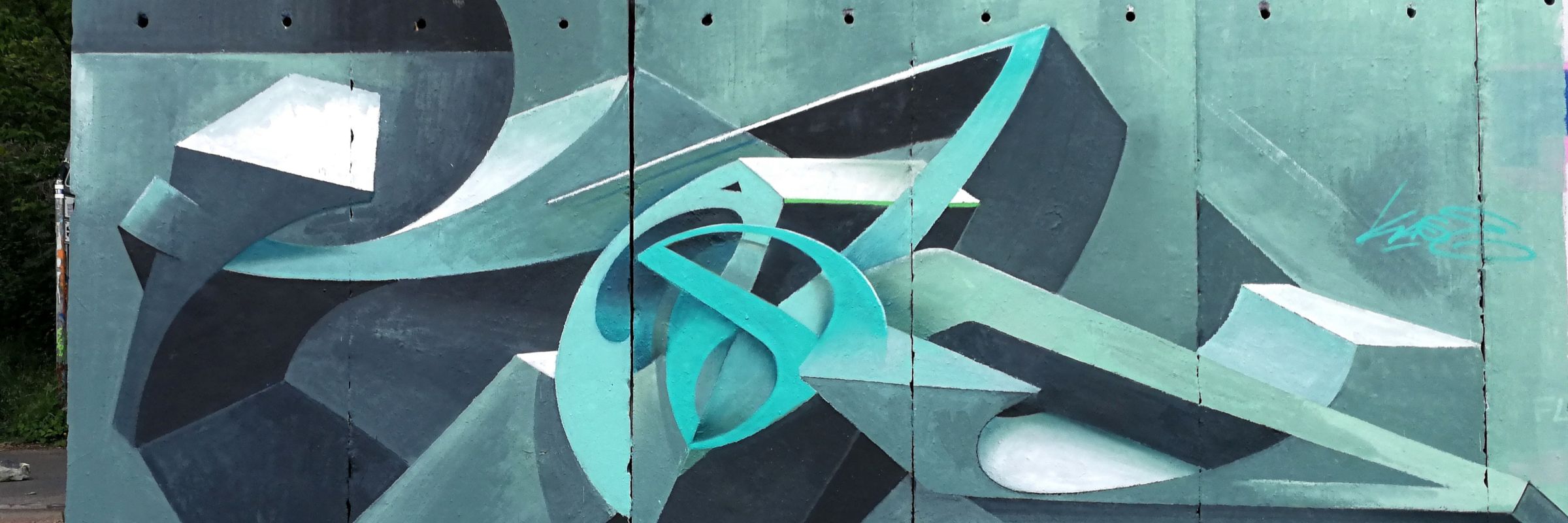

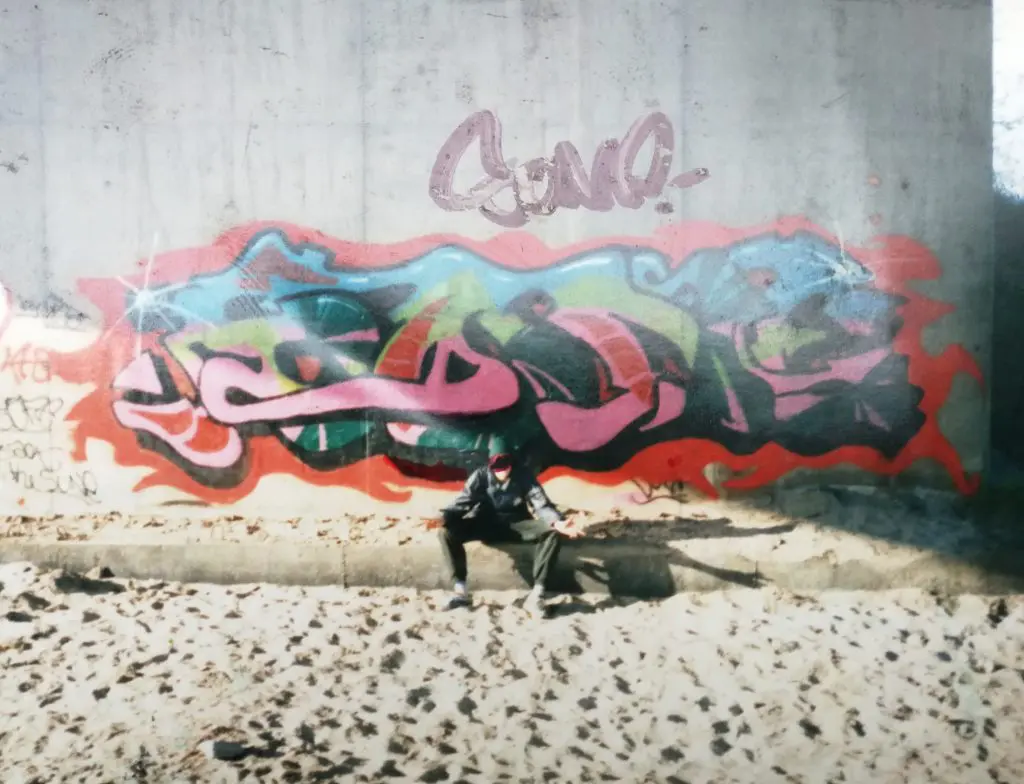
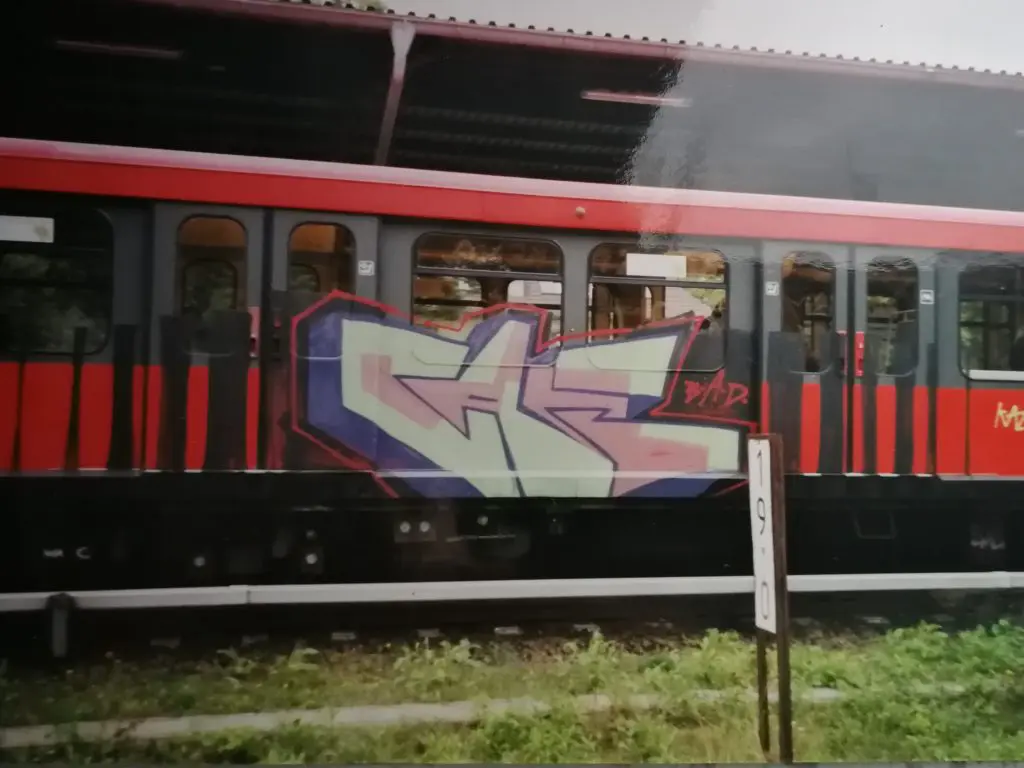
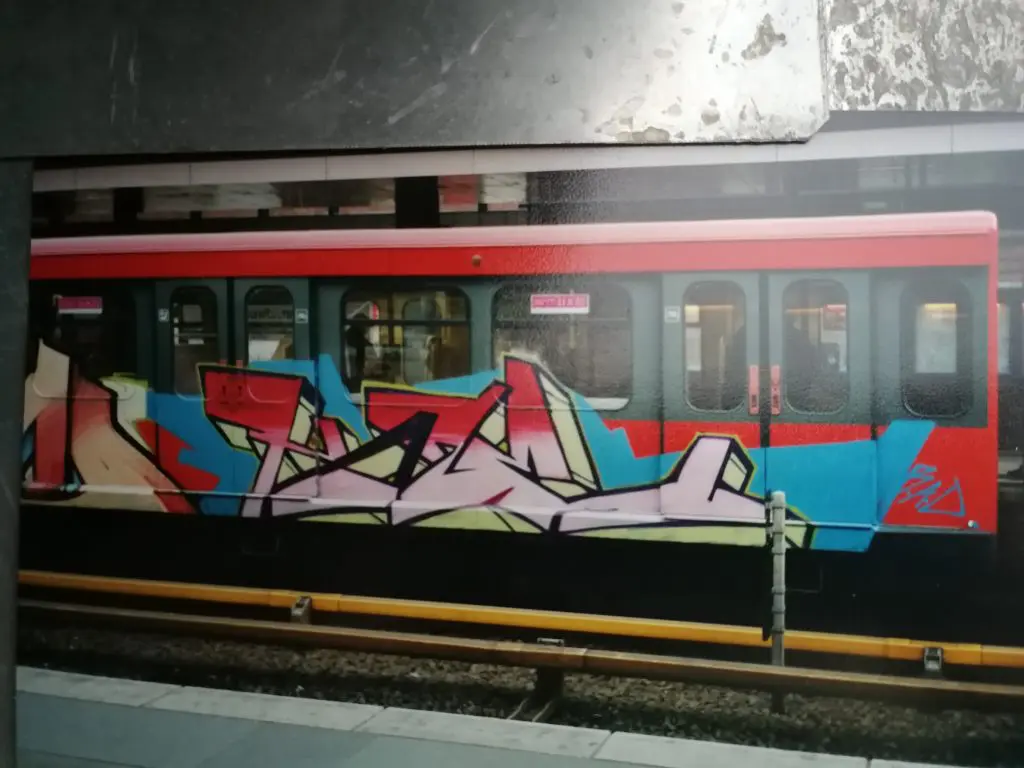
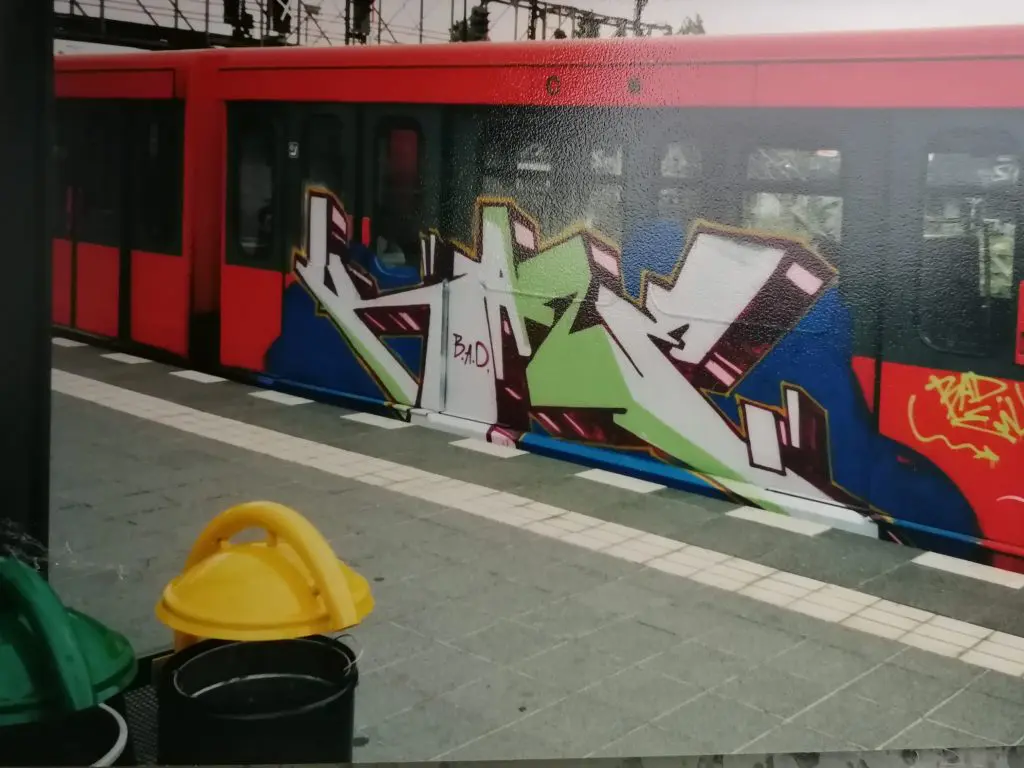
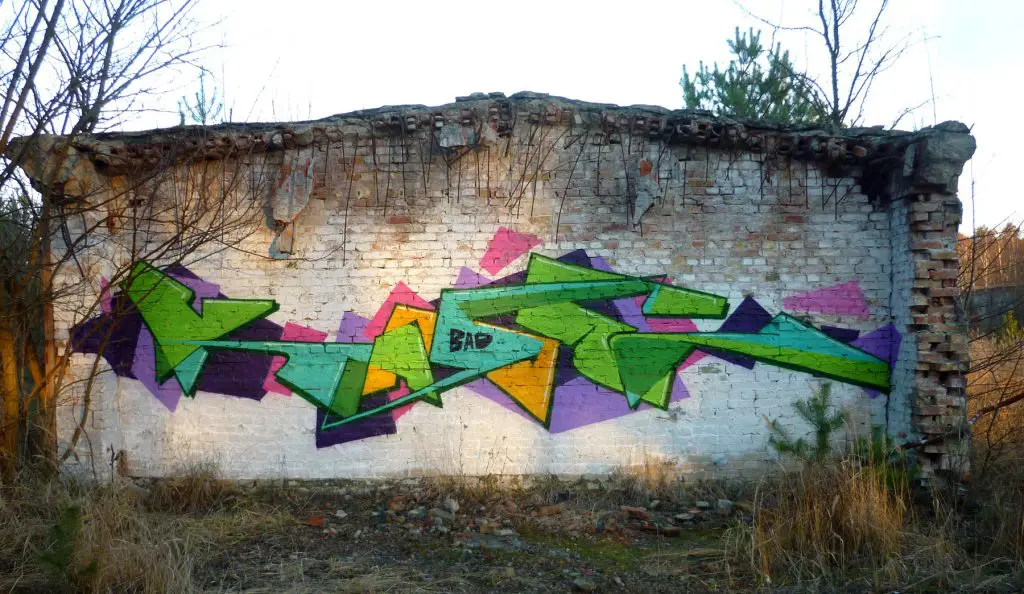
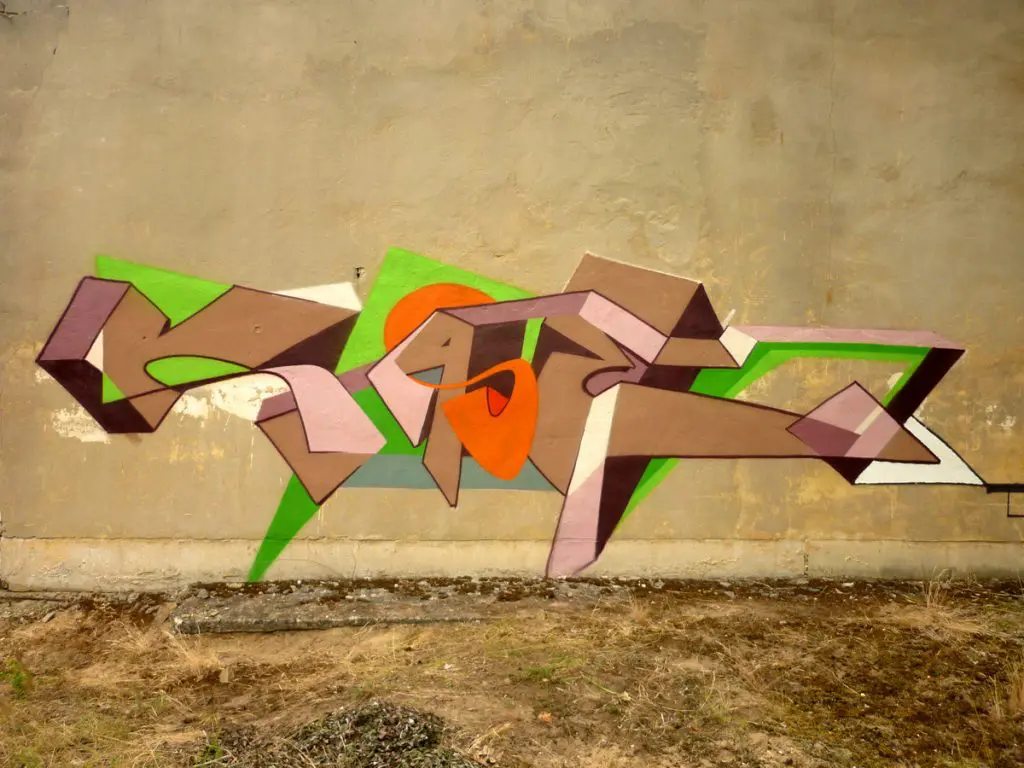
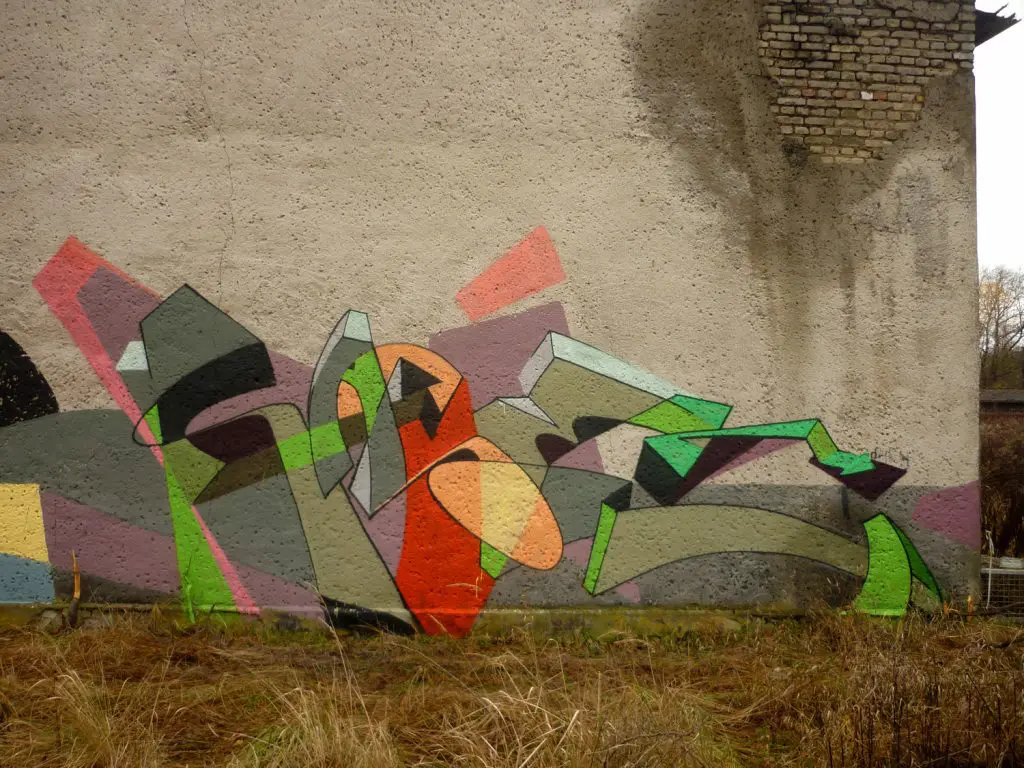
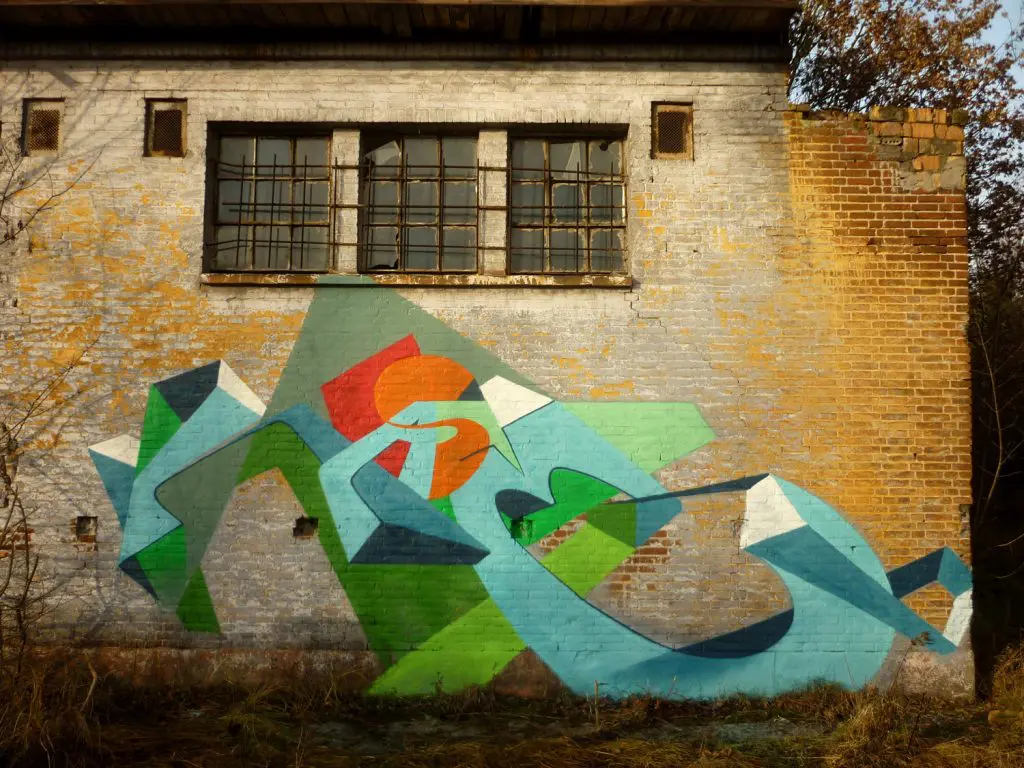
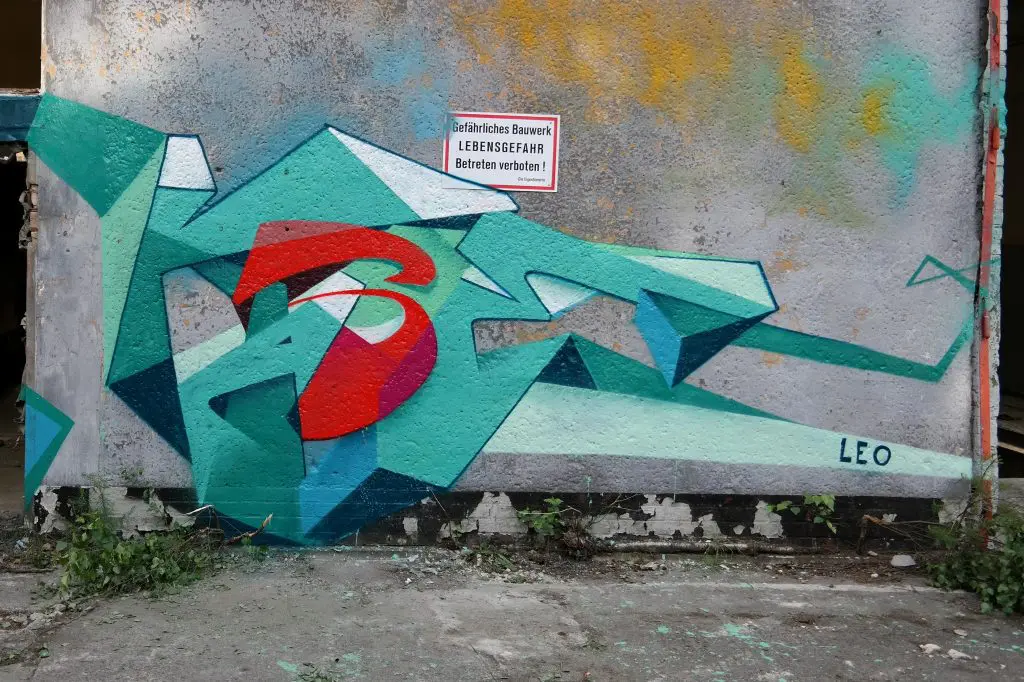
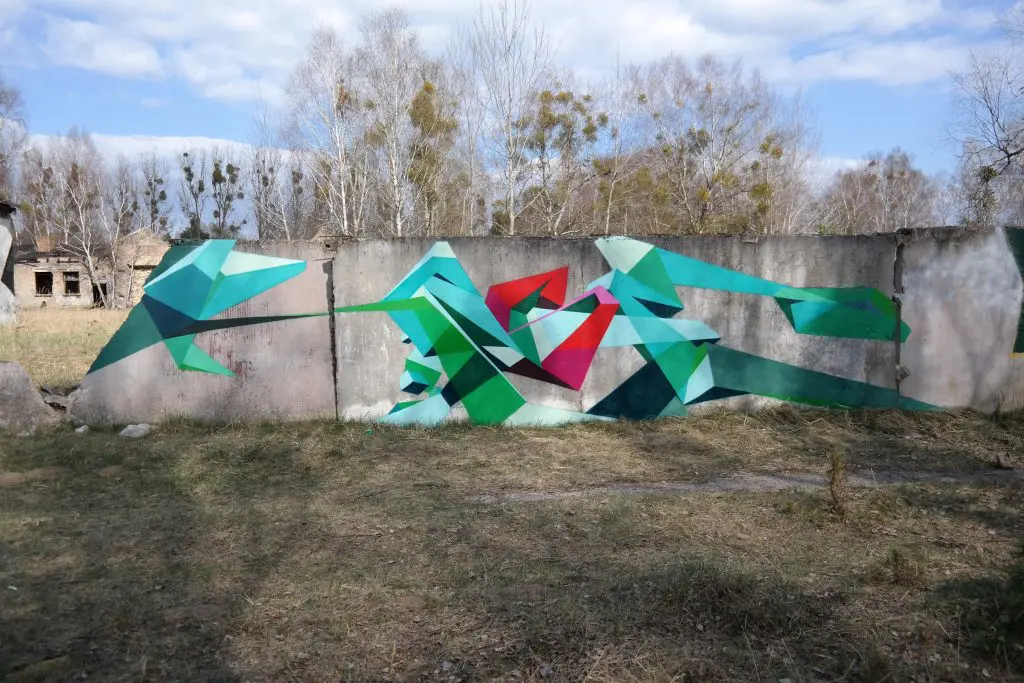
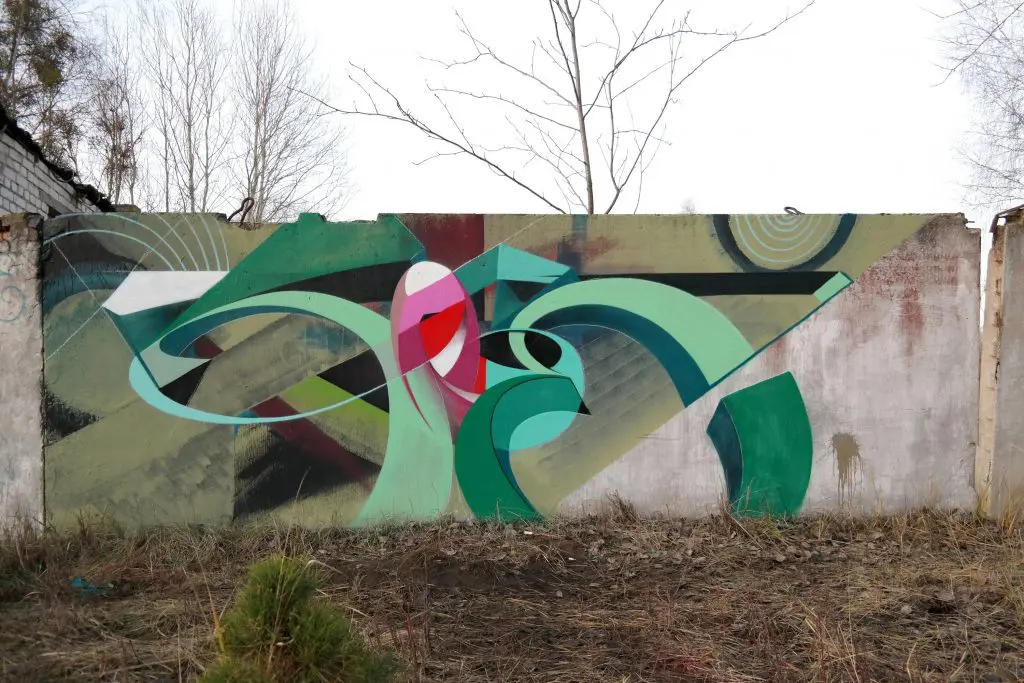

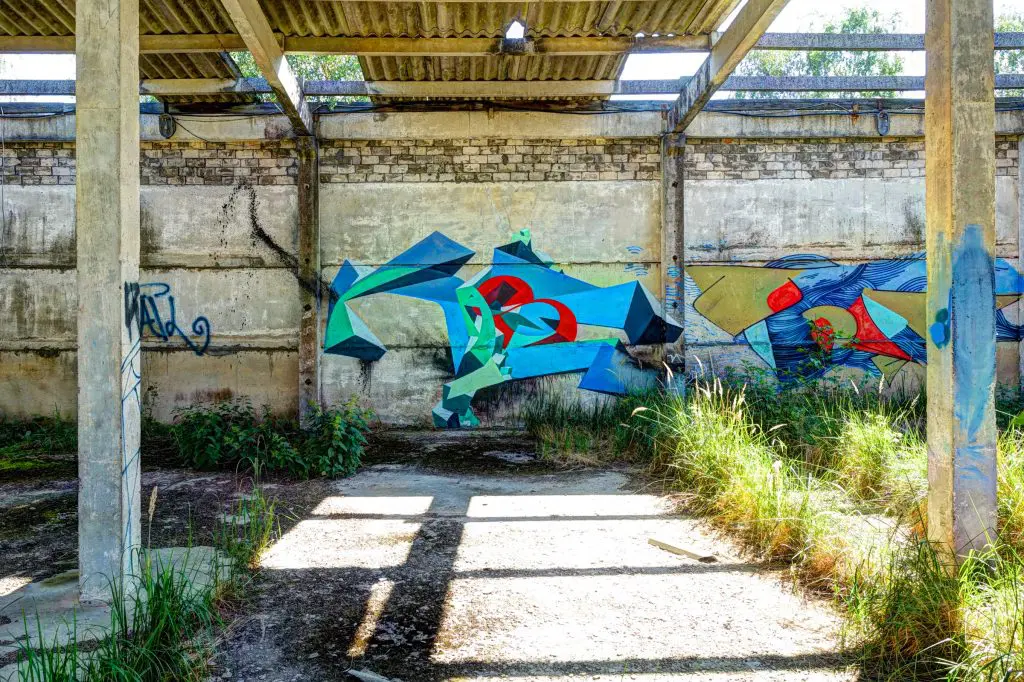
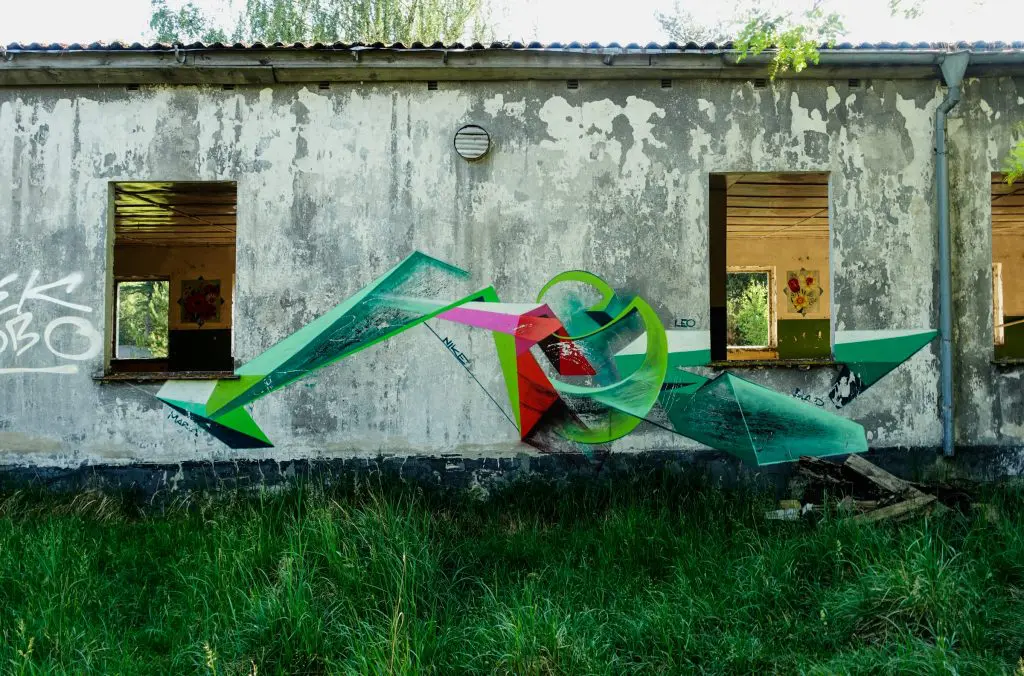
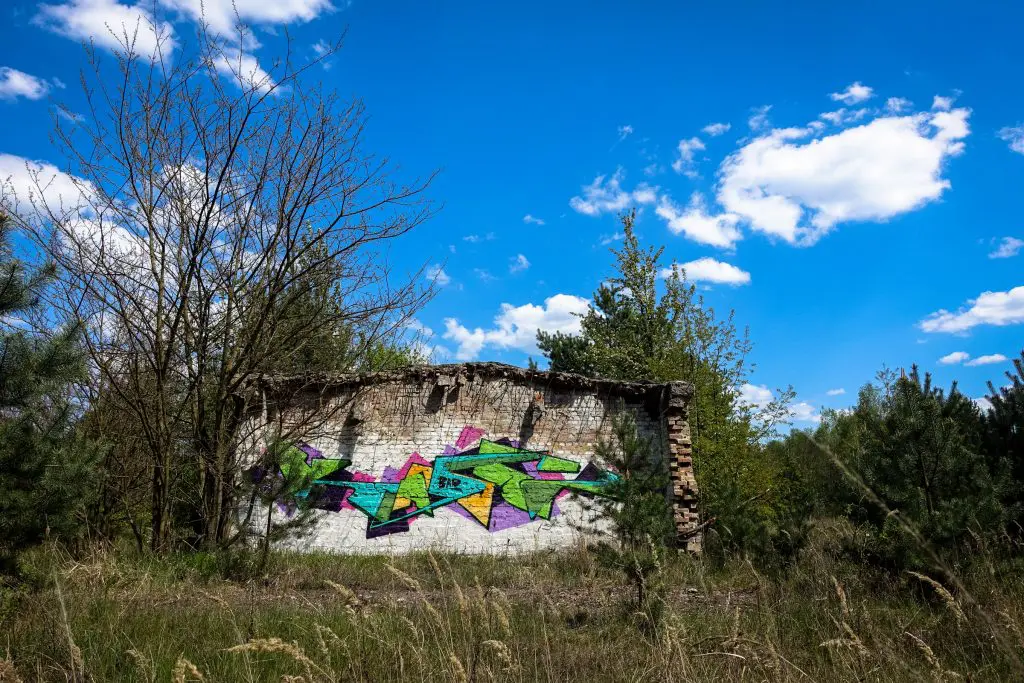
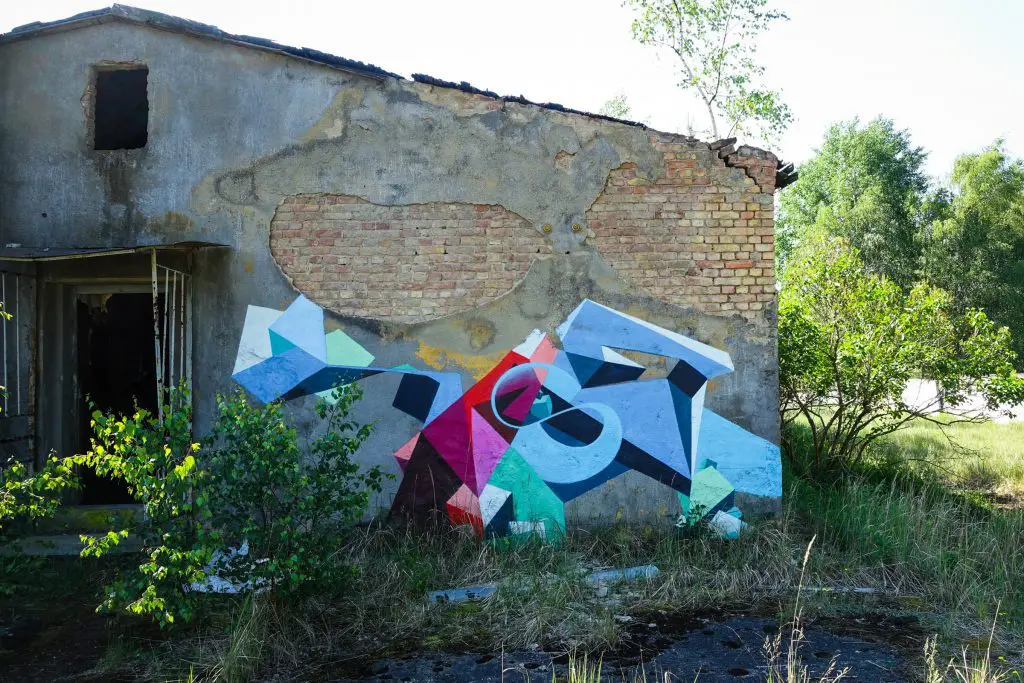
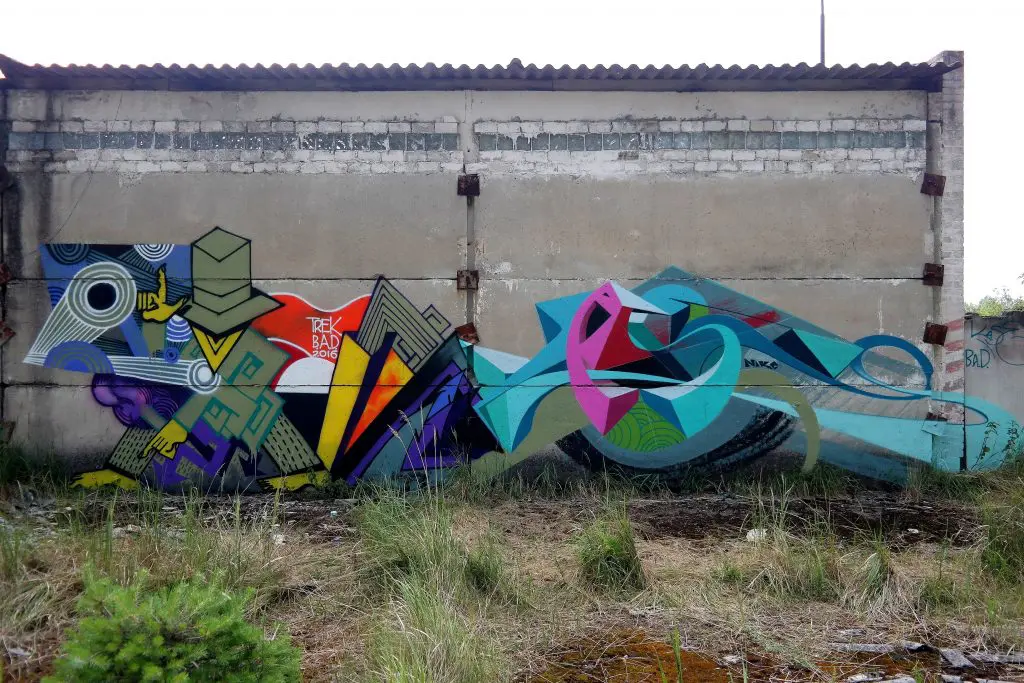
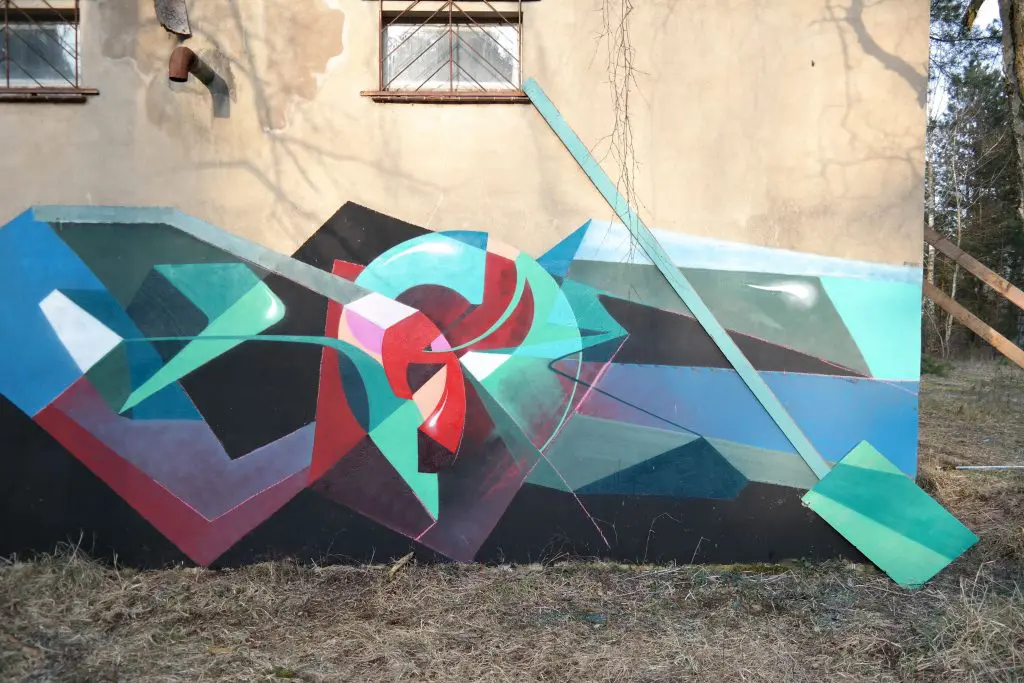

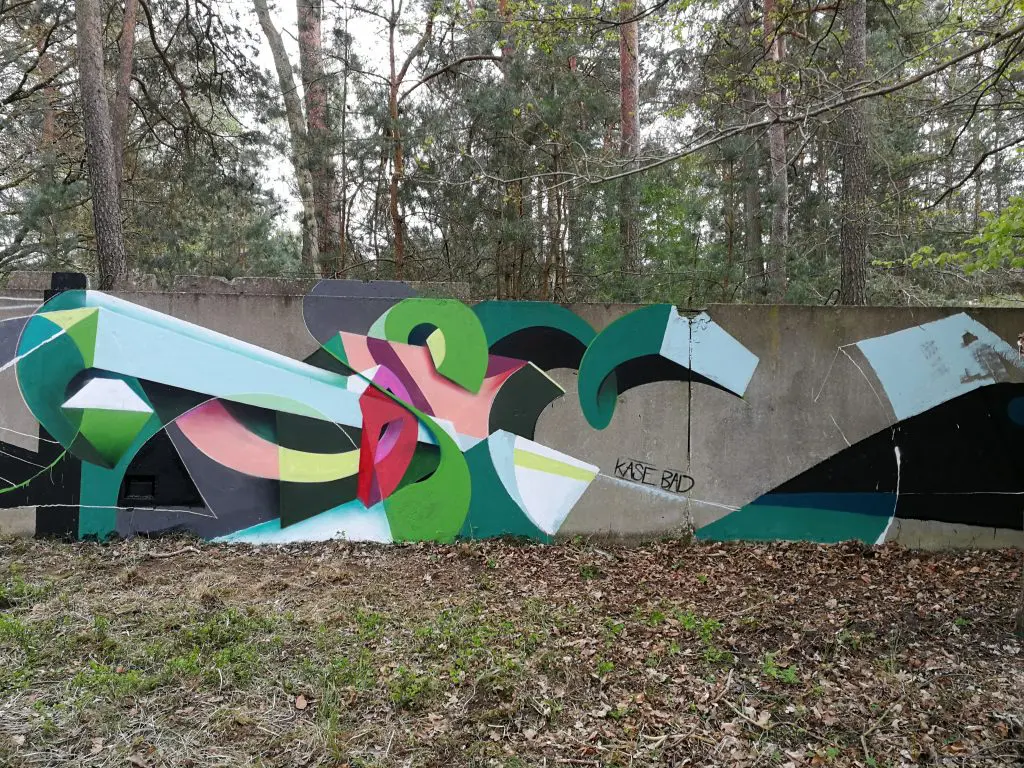
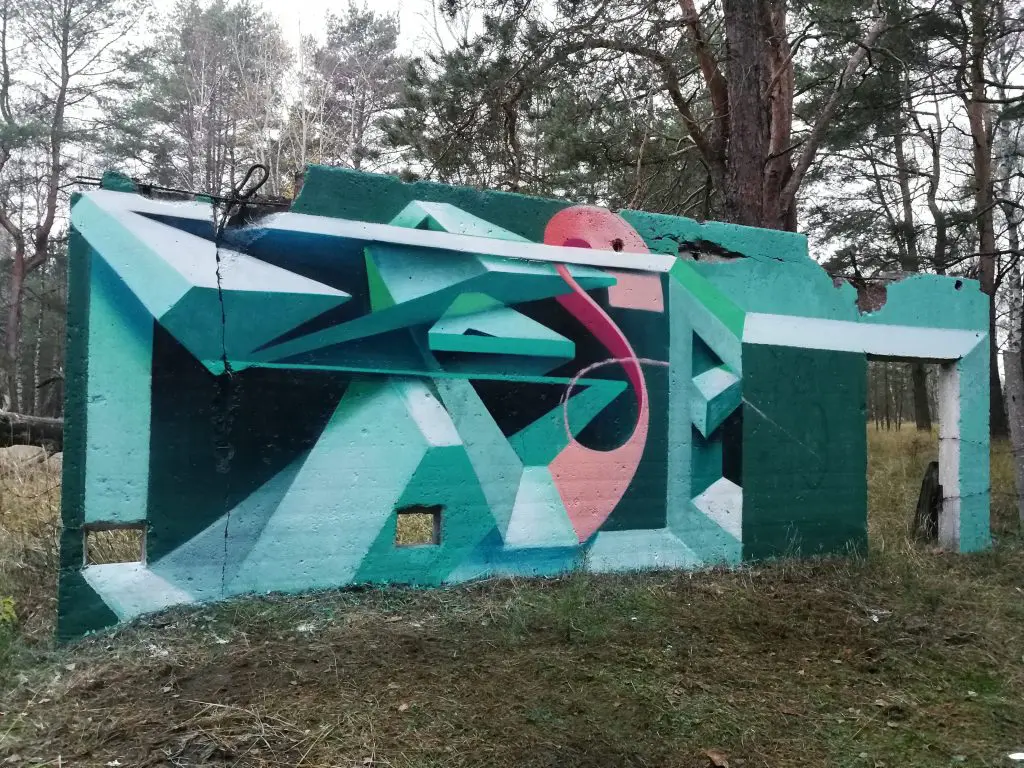
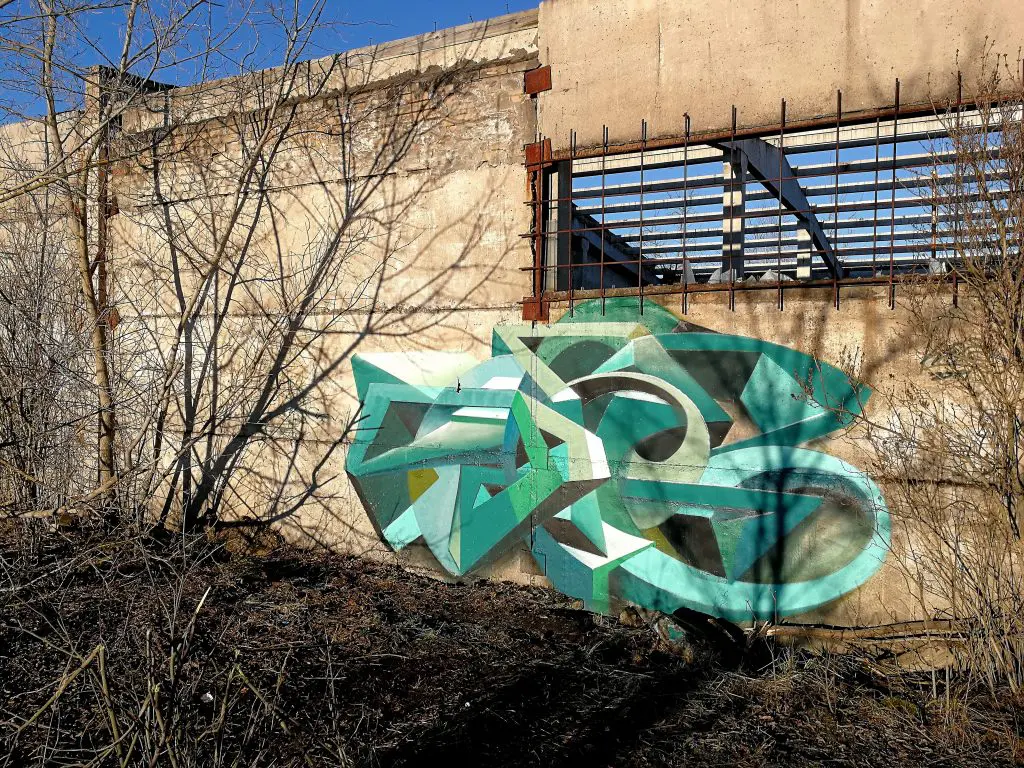
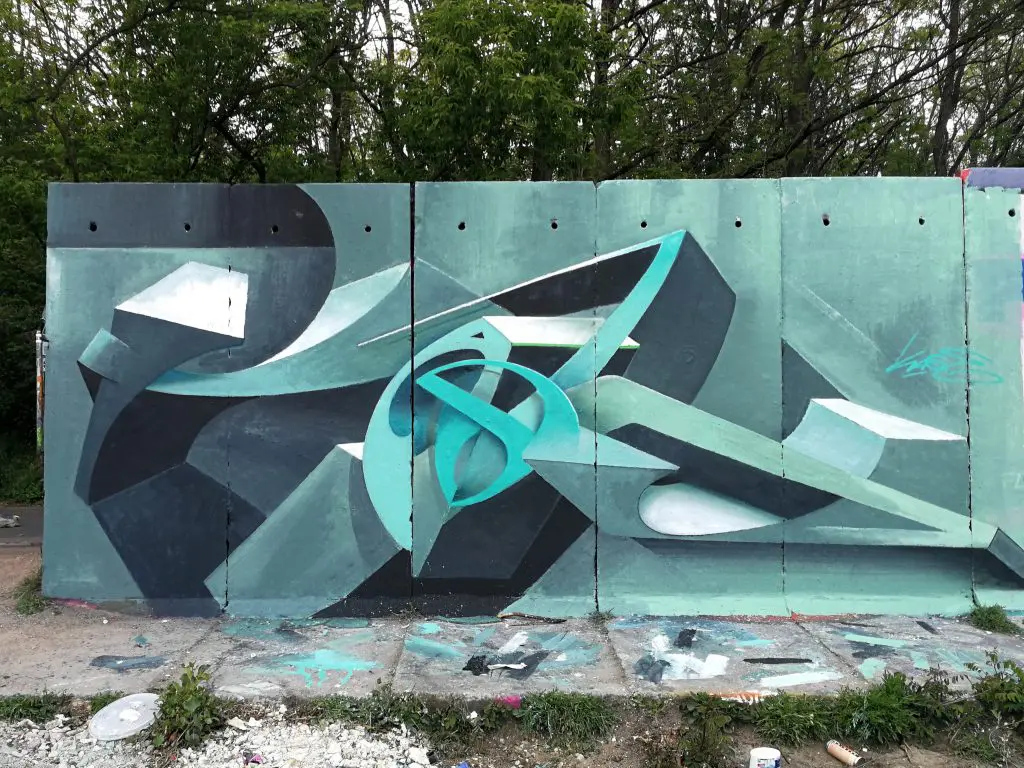
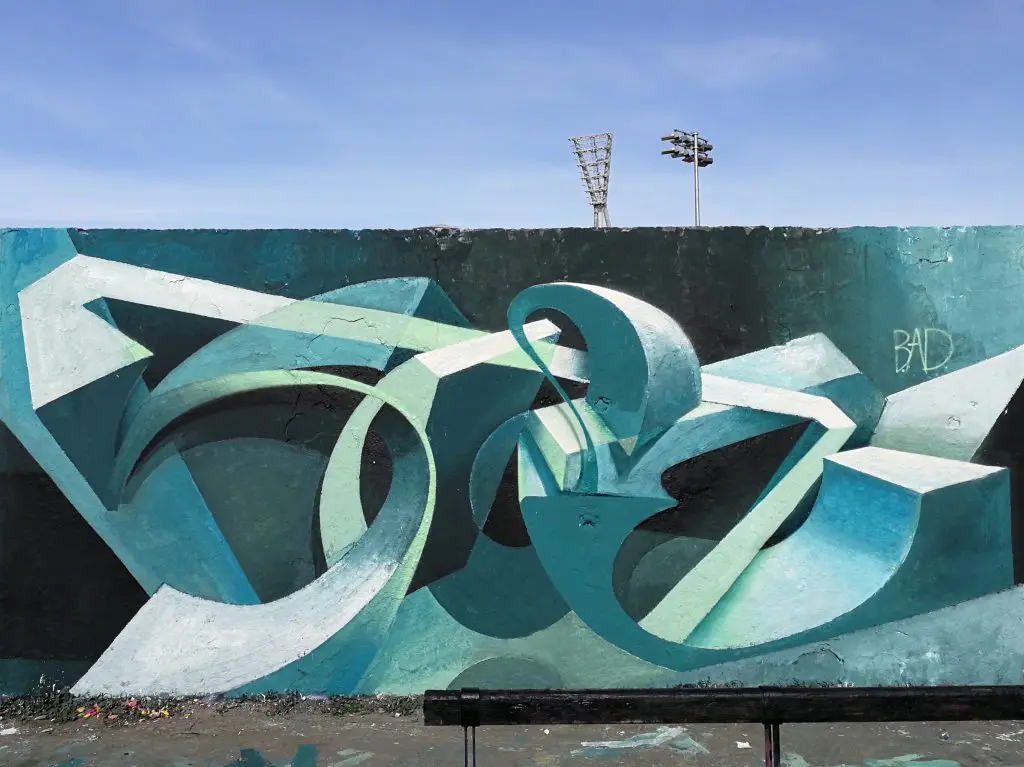
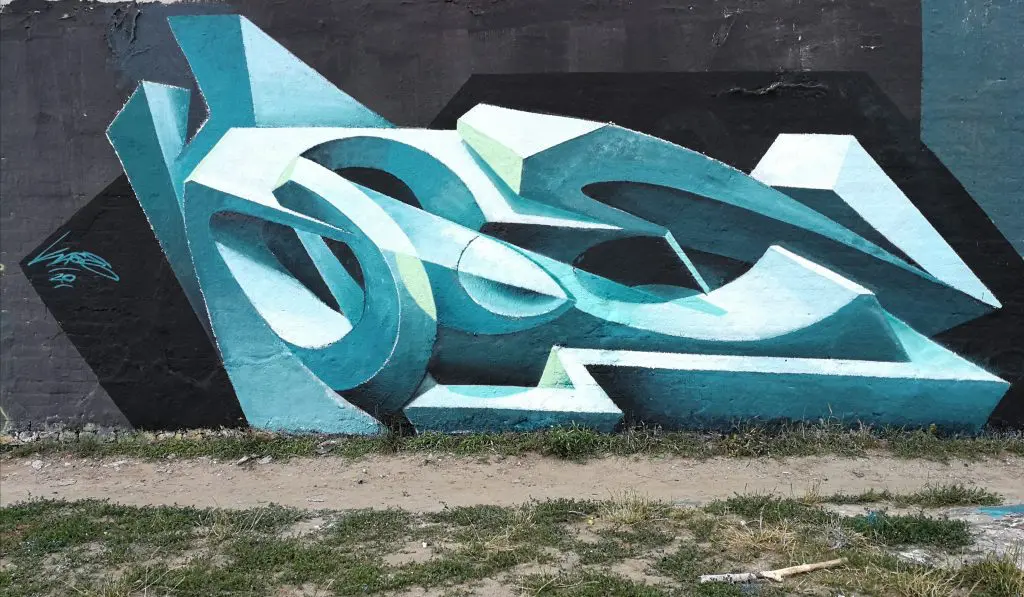
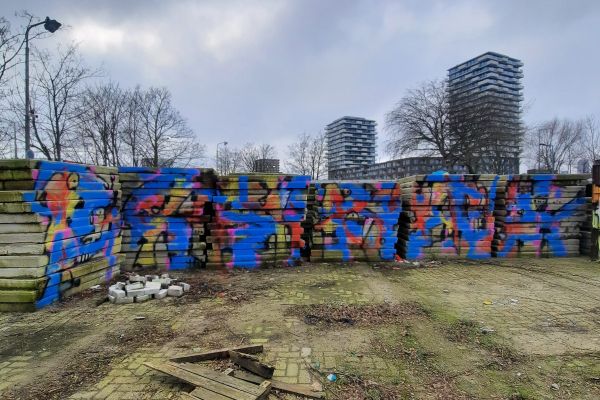
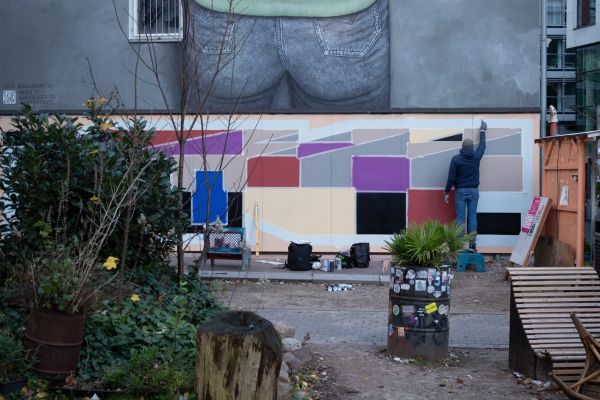
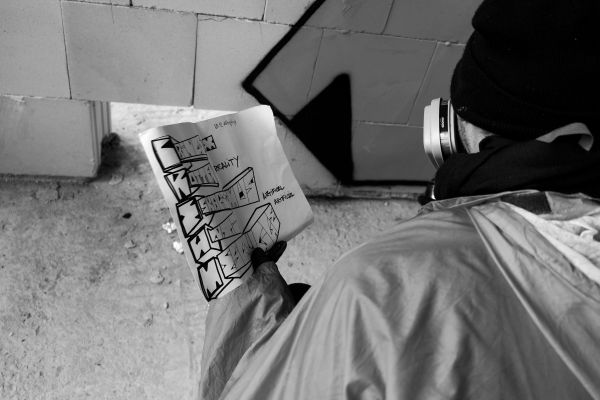
Leave a Reply